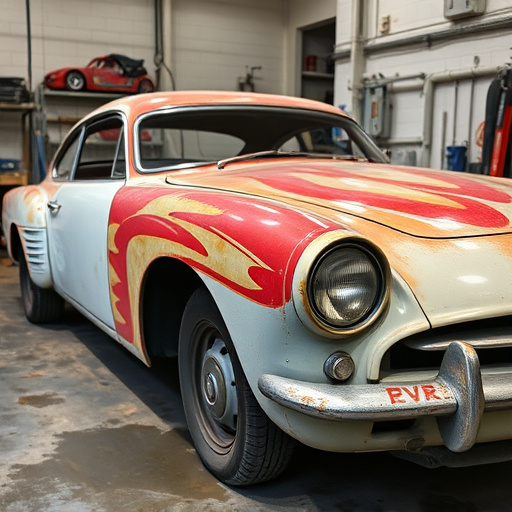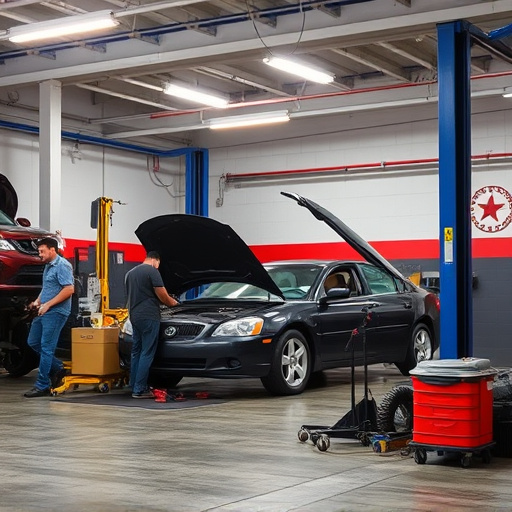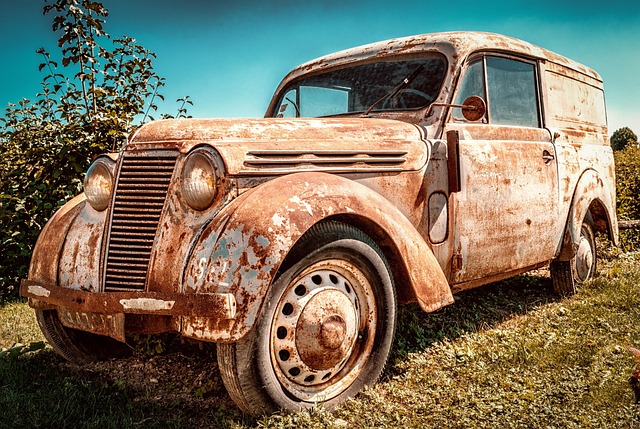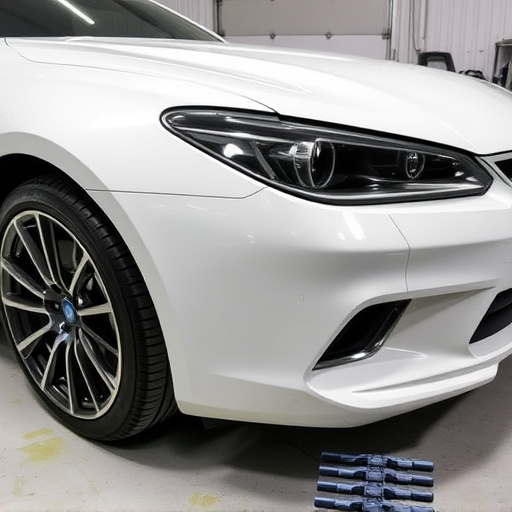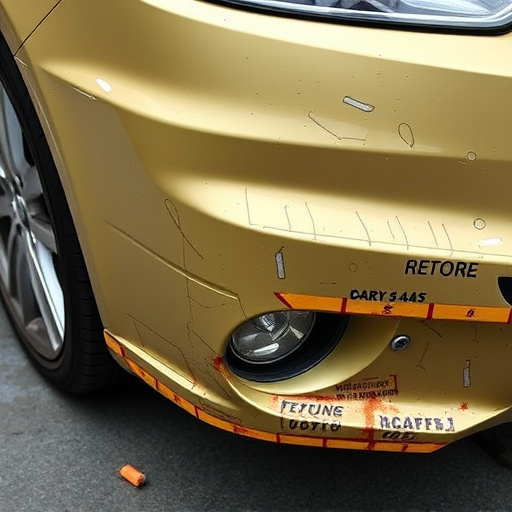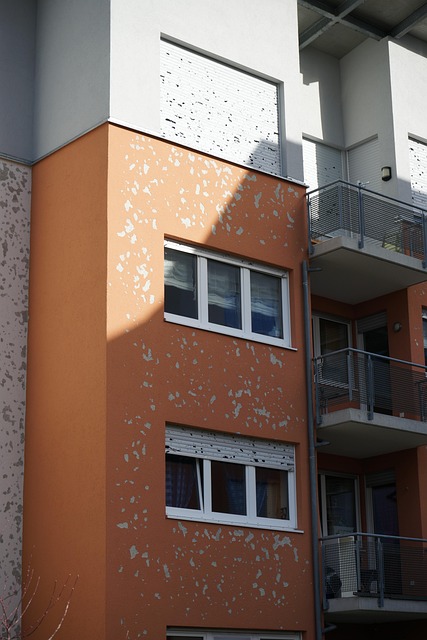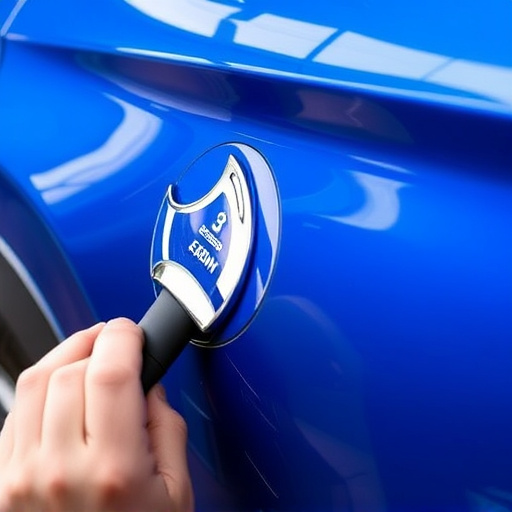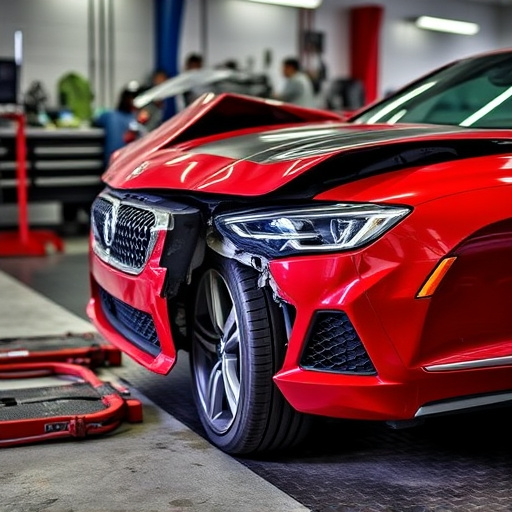Salvage auto body parts from damaged vehicles offer cost savings for repairs but vary in quality and safety. While some drivers opt for them due to cost, lack of standardization poses risks as part condition and integrity may be unknown. Reputable shops inspect and test these parts to meet safety standards, but advocates push for stricter regulations to protect drivers. Thorough inspection is crucial before installation to ensure structural integrity and crash safety.
Are used auto body parts safe for crash repairs? With a growing market for salvage components, this question is more relevant than ever. This article delves into the safety considerations surrounding salvaged auto body parts, exploring how they stack up against strict crash safety standards and regulations. We’ll examine the risks and benefits, ensuring you’re informed when deciding on repair choices. Understanding these factors is crucial for both consumers and professionals in the automotive industry.
- Understanding Salvage Auto Body Parts
- Crash Safety Standards and Regulations
- Evaluating Safety Risks of Used Parts
Understanding Salvage Auto Body Parts
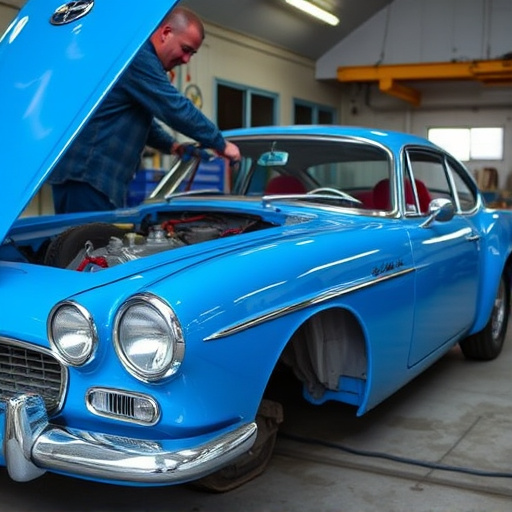
Salvage auto body parts are used car components sourced from damaged or scrapped vehicles. They’re a cost-effective option for auto repair near me and can be found in various vehicle body shops offering automotive body work. These parts range from simple, easily replaceable items like headlights and windshields to more complex systems such as engines and transmissions. Understanding where these parts come from and their quality is essential for anyone considering using them.
While salvage auto body parts can significantly reduce the cost of repairs, there are potential concerns regarding crash safety. The condition and integrity of these parts may vary, and some could be missing crucial safety features or have sustained damage during the accident. However, reputable vehicle body shops carefully inspect and test salvaged components to ensure they meet specific safety standards before incorporating them into automotive body work.
Crash Safety Standards and Regulations
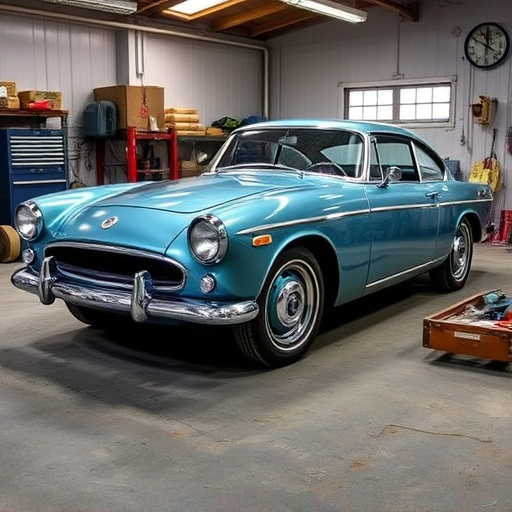
In recent years, there has been a growing trend among drivers to opt for salvage auto body parts when repairing their vehicles after an accident. This practice, while cost-effective, raises concerns about crash safety. The primary reason for this worry is the lack of standardization in the quality and safety of salvaged parts. Unlike new or remanufactured components that adhere to stringent industry standards and regulations, salvage auto body parts may come from various sources, including junkyards and online marketplaces, with no guarantee of their integrity or performance during a collision.
The safety of auto repair services and vehicle body shops relies on the precision fitting and structural soundness of replacement parts. Salvaged parts might be damaged beyond repair or lack proper alignment, compromising the overall structural stability of the vehicle. As a result, many auto collision centers are now advocating for stricter regulations to ensure that salvage parts meet specific safety criteria before being used in repairs. This would not only protect drivers but also promote the reputation of reputable auto body shops by maintaining high-quality standards across the industry.
Evaluating Safety Risks of Used Parts
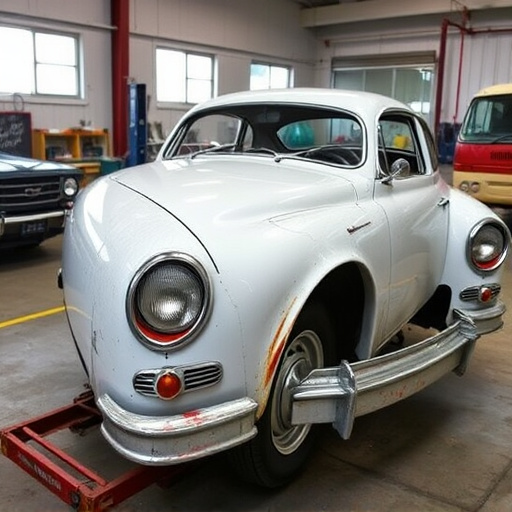
When it comes to salvaging auto body parts for reuse, one of the primary concerns is safety. Used salvage auto body parts might appear appealing due to their cost-effectiveness and availability but evaluating their safety risks is paramount before installation. The condition, age, and history of these parts can vary widely, which directly impacts their structural integrity and performance during a collision.
Each component of a vehicle’s bodywork plays a crucial role in crash safety. For instance, auto glass replacement with salvaged parts may not offer the same level of protection as new ones because they could have imperfections or weaknesses that affect their ability to withstand impact and prevent injury. Similarly, other salvage auto body parts might have been exposed to harsh conditions, leading to corrosion or degradation, compromising their structural soundness. Therefore, thorough inspection and testing become essential to mitigate potential risks and ensure the safety of the vehicle’s occupants in case of a future accident.
While salvage auto body parts can be a cost-effective option, it’s crucial to remember that they may not always meet the stringent crash safety standards set by modern vehicles. Evaluating the safety risks of used parts is essential before installation, as they could compromise structural integrity and passenger protection. Understanding both the benefits and potential drawbacks of salvage parts is key to making an informed decision, ensuring both budget-friendliness and optimal safety during crashes.
